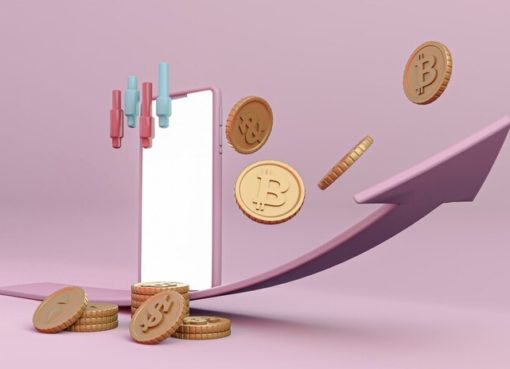Ordinals have triggered a frenzy in memecoins and NFTs on the Bitcoin network, with mining revenue riding high.
The explosive popularity of memecoins and non-fungible tokens (NFTs) on the Bitcoin (BTC) network has induced a surge in mining revenue. However, how long this positive development will last remains to be seen. Memecoin market value was nearly $1 billion in early May, but according to BRC-20.io figures, it is currently down to $582 million.
The emergence of meme coins and NFTs on the Bitcoin blockchain is primarily due to the surging popularity of Ordinals. The software launched earlier this year positively drives miner earnings on digital assets. Around 25,000 meme tokens have been recorded on Bitcoin’s blockchain since the emergence of Ordinals. Meanwhile, blockchain investment management firm Galaxy Digital Holdings Ltd predicted that Bitcoin’s NFT ecosystem could grow to $4.5 billion in two years.
Ordinals Have Driven Memecoins & NFT Minting on the Bitcoin Blockchain Since Arriving on the Scene
At the height of Ordinal-triggered record transactions and sky-high revenue in May, transaction fees from memecoins constituted over 40% of Bitcoin mining revenue. On this development, Bitdeer Technologies Group chairman Jihan Wu remarked, “The Ordinals protocol has stimulated a seismic shift in the Bitcoin mining landscape.” Meanwhile, Messari research analyst Sami Kassab explored the potential use cases that Ordinals brought to the BTC network. Explaining that the phenomenon infused operational dynamism to the network of the world’s most prominent digital currency, Kassab said:
“While the memecoin frenzy on Bitcoin will likely subside eventually, valuable use cases will emerge from the chaos, such as utilizing Bitcoin as a data availability layer and storing crucial documents that require permanent preservation.”
Bitcoin mining margins took a hit last year due to the bearish market and high energy costs. However, the ongoing crypto rebound and Ordinals have helped to repair some of these losses for miners.
Despite the apparent benefits of Ordinals, some critics point out that the satoshi numbering system clogs the Bitcoin protocol. In addition, these critics, mainly Bitcoin purists, also argue that Ordinals interfere with Bitcoin’s store-of-value and payment functions.
Nonetheless, a sustained Bitcoin mining transaction income boost could keep miners engaged and grant the network more staying power. Furthermore, the Ordinals phenomenon renews investor enthusiasm for BTC miners, with Luxor Technologies’ Colin Harper’s statement underpinning this notion. According to the head of content and research at the crypto mining services provider, the Ordinals application is “completely rewriting how people think about mining profitability.”
Ordinals
Launched by developer Casey Rodarmor in January this year, the Bitcoin Ordinals protocol lets users inscribe digital content on satoshis. These include videos, images, and text, with said satoshis being the smallest unit of Bitcoin. 1 Bitcoin comprises 100 million satoshis.
Following Rodarmor’s innovation, a pseudonymous blockchain analyst, Domo, developed the Bitcoin Request for Comment (BRC20) standard, precipitating the memecoin explosion.
Before the emergence of Ordinals, NFT minting and usage took place on other blockchains, such as Ethereum, Solana, and BNB Smart Chain.
Tolu is a cryptocurrency and blockchain enthusiast based in Lagos. He likes to demystify crypto stories to the bare basics so that anyone anywhere can understand without too much background knowledge.
When he’s not neck-deep in crypto stories, Tolu enjoys music, loves to sing and is an avid movie lover.




